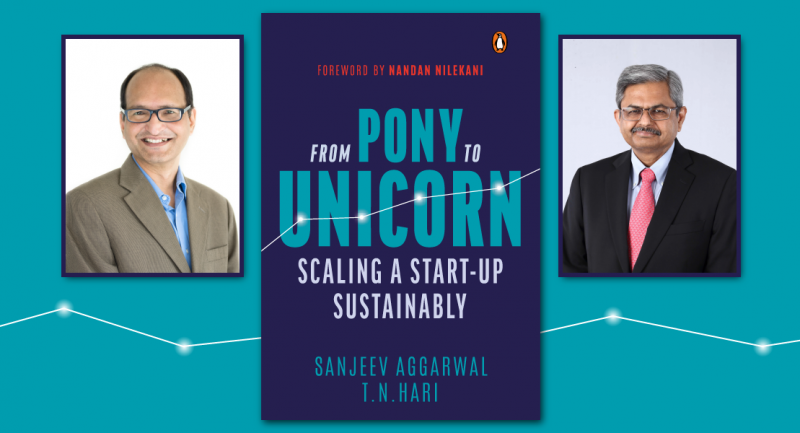
In his latest book, The Skull of Alum Bheg, author Kim Wagner explores the mutiny of 1857 and the shadows of colonial rule in India. Spurred by an intriguing find, Wagner’s elegant narrative uses the story of one man’s death and skull to excavate the underbelly of Britain’s nineteenth century empire.
Here’s an exclusive interview with Kim A. Wagner, where the author shares his opinion on British Imperialism and what inspired him to write the book – The Skull of Alum Bheg.
_______________________________________________________________________
1. What was your inspiration behind writing The Skull of Alum Bheg?
My starting point was obviously the story of the skull itself, as outlined in the brief note that had been found inside of it back in 1963. But in trying to write about the events of the Indian Uprising from the perspective of a single – and in many ways an insignificant – individual, I was very much inspired by the classics of micro-history and especially the work of the likes of Carlo Ginzburg and Natalie Zemon Davis. The challenge I was facing was the fact that while I had the remains of Alum Bheg, I never ‘found’ him in the historical records, and so I had to write the book by tracing an outline of this individual, trying to reconstruct the world he inhabited and the people who surrounded him. The subtitle is obviously a nod to Gautam Bhadra’s classic essay, ‘Four Rebels of 1857’, first published in Subaltern Studies IV in 1985.
2. Tell us something about your writing process.
For this book, I wrote what I thought of as different ‘layers’ or different ‘voices’, in sequence, and only at the end did I put them together into one complete text. So I wrote the narrative of the Scottish and American missionaries first, then that of Alum Bheg and the sepoys, and finally the background and analysis. It was a very different way of writing from what I am used to, and you only know whether the plan you have in your head actually works once you put it all together right at the end. I am also not very economic with words – for every 10.000 words that I write, I will have produced three times that in the form of notes and drafts of paragraphs in varying stages. It is a time-consuming and cumbersome process, which leaves my computer littered with orphan files, but it works for me.
3. What was the most intriguing facet of colonial India you came across while researching for your book?
When you take a micro-historical approach, the grand narratives come apart at the seams and you begin seeing new and intriguing details. It was interesting to look at the Indian Uprising in a place like Punjab, where the sepoys of the Bengal Army were invaders as much as the British were. When the outbreak eventually did happen at Sialkot, where Alum Bheg’s regiment was stationed, it was accordingly a very different type of mutiny, compared to, for instance, Meerut or Delhi, where most of the local population joined the sepoys. It was also fascinating to see how local dynamics shaped the violence, and personal grievances and relationships played a large role during the chaos of the outbreak. I’ve never been able to adequately explain why some Indian servants would lay down their lives for the sahibs and memsahibs, while others readily stabbed them in the back. Sometimes new insights also mean new questions to be answered.
4. Victorians’ had a fetish for collecting and exhibiting body parts. Are there some other such instances you can share with us?
I have previously worked on the collecting of skulls of so-called ‘Thugs’ by phrenologists in the 1830s, but that was just the beginning of a veritable obsession with skulls. In the final chapter of the book, I describe some of the later examples from the British Empire: Following the Battle of Omdurman in 1898, for instance, General Kitchener had the body of the Mahdi disinterred and the skull was kept, which later caused a scandal. The same happened in South Africa where the heads of tribal leaders, such as Luka Jantje or Bambhata, were cut off and either used for identification or kept as private souvenirs. It is often assumed that there was a clear-cut distinction between the ‘rational’ collection of scientific specimens and the ‘irrational’ taking of war-trophies – in practice, however, such distinctions are often unsustainable
5. Finally, if in a line you had to summarize British imperialism in India, how would you do that?
Despite the conventional narrative of cultural expertise and liberal governance, British rule in India was defined by a lack of comprehension concerning local grievances and anti-colonial sentiments, and as a result prone to panic and the use of exemplary violence.









